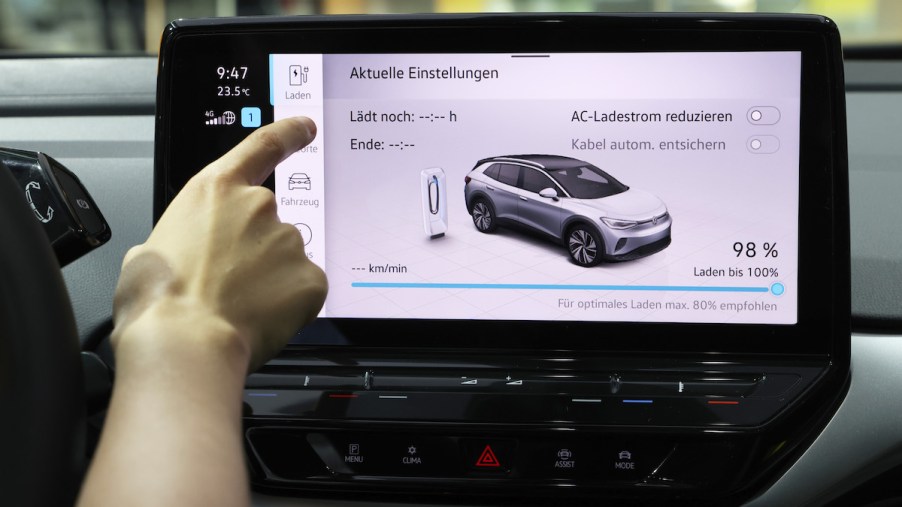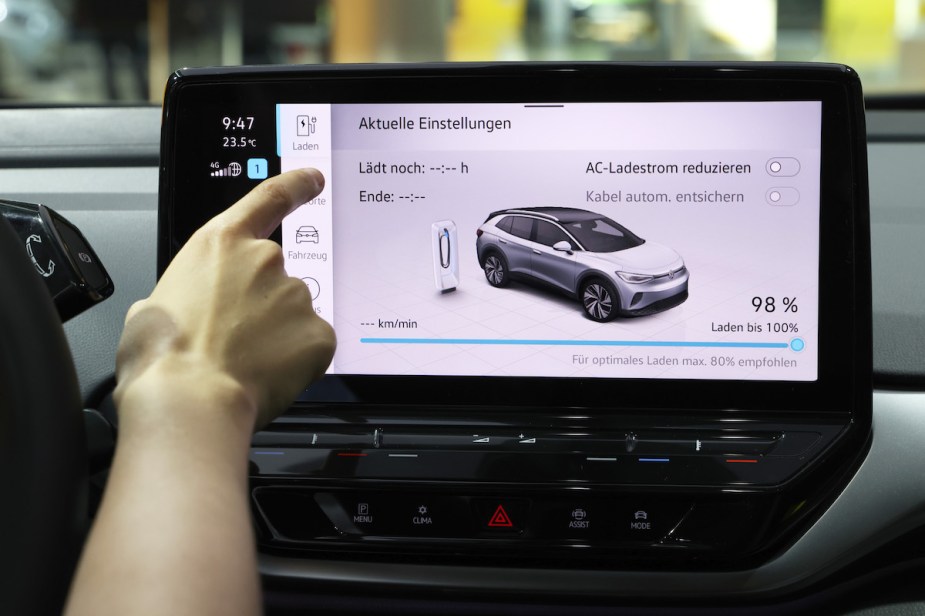
Winter Weather Can Cause a Sluggish LCD Screen, According to AAA
For those living in snowy areas, winter months are a pain because of the effects they can have on a vehicle. Taking steps to get the car ready for winter can help in some cases, but not always. What do you do when cold weather causes a sluggish LCD screen of your infotainment system? Let’s look at how winter plagues your vehicle, how it affects display screens, and what you can do about it.
How winter wreaks havoc on your vehicle

Winter is really tough on your vehicle. It can deplete your car’s battery if you take tons of short trips, have corroded battery cables or posts, and if it’s too old to take a proper charge.
Even your vehicle’s paint job isn’t immune to problems in the winter. Snow, ice, and even road salt cause chips in the paint. It could lead to rust if nothing is done about it.
If caught driving in a snowstorm, you may end up stuck in a snowdrift in the middle of nowhere. Once you’re stuck, there’s not much you can do but wait for someone to pull you out. Be sure to have an emergency kit handy in the car in case it happens.
How the cold temperatures cause a sluggish LCD screen
Electronic devices of all types don’t work as efficiently in cold temperatures. This includes your smartphones, laptops, and even tablets. The batteries in these aren’t designed to be used in frigid temperatures. The same goes for the infotainment touchscreens in your vehicle.
According to AAA, LCD screens are made up of liquid crystals that move smoothly when temperatures are warm. When the temps drop, these molecular crystals will slow down, which causes the display to become sluggish in its operation and slow to respond.
Images will appear slowly on the screen, or they won’t show up at all. Adjustments through the infotainment system are nearly impossible when temperatures are really cold.
What can you do about it?
Unfortunately, there isn’t much of anything you can do to improve the situation. All that you can do at this point is wait. Have patience while the vehicle begins to warm up and the screens warm up. Once the temperatures rise inside the car, the displays will start working normally again. Of course, you may have to wait a bit before turning on the heater if the only way to turn it on is through the infotainment system that isn’t responding.
What should you avoid leaving in your car overnight in the winter?
While we’re on the subject, what other items, besides electronics, should you keep out of your vehicle overnight in the winter? There are a few objects that some people don’t think about when wintertime sets in.
Cold temperatures affect beverages, whether it’s soda or water bottles. These liquids can freeze in their container overnight if temperatures get below 32 degrees Fahrenheit. Sometimes when they freeze, they burst the bottle or can they’re in, leading to leaks when the car warms up.
Aerosol cans, like spray paint, are supposed to be stored in areas with temperatures around 45 to 65 degrees. So are various other cleaning products. These can also freeze in frigid temps, causing a huge mess the next day when you start the car and let the heater run.
Winter affects your vehicle in more ways than one, so keep your car well-maintained to help alleviate some of the issues the cold temperatures bring. In some cases, like your LCD screen, just be patient and wait for the vehicle to warm up.


